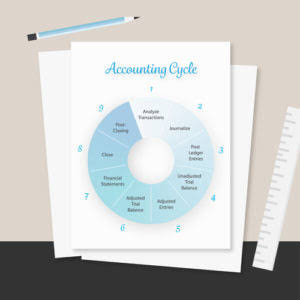
Once construction is complete, the asset shifts to the appropriate fixed asset account. However, businesses must carefully evaluate the advantages and disadvantages of using CIP and ensure compliance with accounting standards and principles. In the construction industry, managing project costs accurately is critical for financial transparency and long-term success. Construction-in-progress accounting plays a vital role in tracking expenses for projects still in development. By understanding how this accounting method works, businesses can ensure better financial reporting and Bookstime resource allocation. Companies must record any real estate they own on their balance sheets as long-term liabilities.

We specialize in construction financial management, helping businesses build a stronger financial future. Without proper CIP accounting, businesses may struggle with inaccurate cost tracking, inefficient resource allocation, and potential compliance issues during audits. Unlike completed assets, CIP items are considered long-term or noncurrent assets. They represent significant investments that will eventually contribute to business revenue once completed and operational. Common examples include constructing a new facility, expanding existing infrastructure, or building custom machinery.

After the completion of construction, the company will record depreciation on the asset. However, the term ‘ construction under process’ is used when the company is making construction contracts. It can be a selling contract of building a ship, airplane, building, or other fixed assets. cip accounting A construction company might come to your mind by reading the phrase “Construction In Progress.” Indeed, construction in progress accounting is mostly used by construction firms.

Most companies hire a chief financial officer to maintain these records and avoid costly accounting errors. The IAS 11 construction contract is a comprehensive document dictating the complete accounting for construction in progress. A construction contract is a specific contract negotiated to build a fixed asset or group of interrelated assets. For expert guidance on CIP accounting or construction financial management, contact PVM Accounting today!

Companies might be tempted to delay transferring costs from these accounts to other asset categories, thereby artificially inflating profits. This practice, however, distorts financial reports by misrepresenting the true profitability of the company. In cost to cost method, all the cost incurred to the date is divided by the project’s total expected cost. Build to use can be an extension in an existing office facility, building a new plant, warehouse, or any business asset. The most common capital costs include material, labor, FOH, Freight expenses, interest on construction loans, etc. Detailed documentation—receipts, invoices, records—is crucial for accuracy and audit readiness.
Besides business dealing in building huge fixed assets, also use construction in progress accounting. The Completed-contract method is an accounting method of work-in-progress evaluation, for recording long-term contracts. GAAP allows another method of revenue recognition for long-term construction contracts, the percentage-of-completion method. The CIP account, therefore, accumulates costs for a fixed asset until it is ready for use. Once costs have been allocated, and meets the criteria for capitalization, it is added to the CIP asset account in the company’s general ledger. The cost is then amortized over the asset’s useful life through depreciation expenses in subsequent contra asset account accounting periods.











